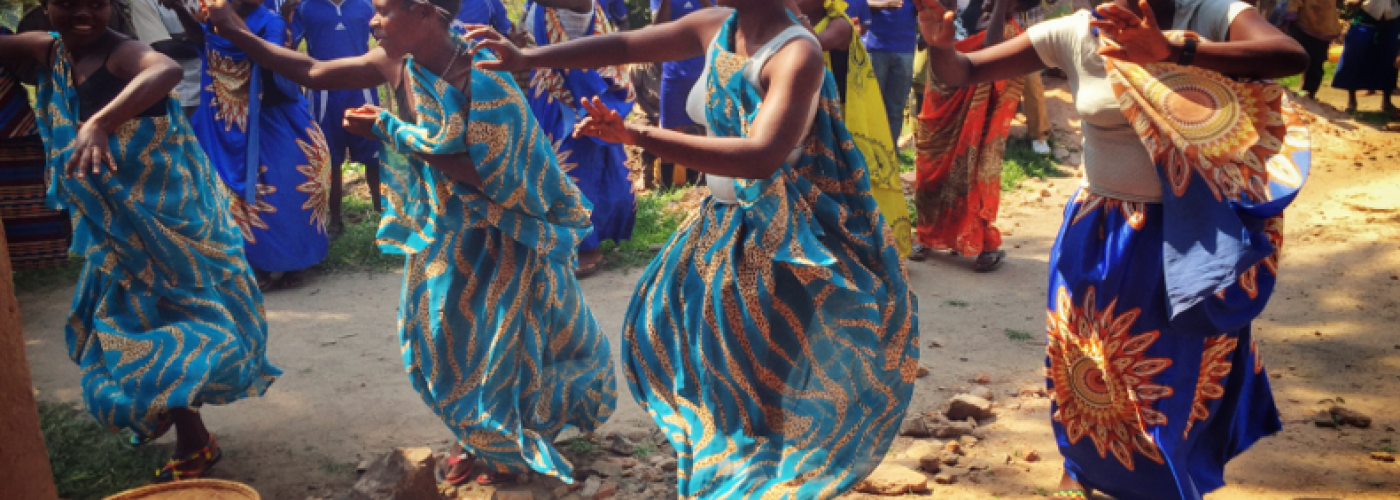This June, Marketlinks is highlighting Political Economy Analysis (PEA)
Image

In June, we're excited to take a look at political economy analysis (PEA), a development approach to inform programs and project activities from a politically-minded place. PEAs can help practitioners answer questions about how and why things happen, to effectively manage resources, and better understand the informal rules at play within local systems. Applied PEA can help strengthen market systems. In a recent Feed the Future Enabling Environment for Food Security (EEFS) project blog, Marc Cassidy explains that PEA: "[unpacks] political barriers and [identifies] opportunities necessary to align incentives of key decision-makers in the political system that could then nudge the market system to become competitive, inclusive, and resilient." Marc advises on how to incorporate thinking and working politically (TWP) into all phases of the program and project design process.
At this April's Market Systems Symposium in Cape Town, South Africa, Marc presented a session on PEA and how it is useful in understanding systems. The topic was so lively that Marketlinks decided to continue the learning conversation and has made political economy analysis our focus for June. To get started, we are highlighting some of our resources and blogs from the Marketlinks archives.
- We kicked off the month with a webinar on June 4th, Embedding Everyday PEA in Market Systems Practice. Marc discussed how PEA tools can support market systems activities to achieve systemic change in market contexts. The webinar also explained the concepts of baseline PEA and everyday PEA. Mike Field from EcoVentures International and Melanie Bittle, the Chief of Party from the USAID Private Sector Driven Agriculture Growth Project (PSDAG) in Rwanda shared examples of how political economy has impacted their market systems work.
- Read Marc's May 2019 EEFS blog, Using Political Economy Analysis to Improve the Enabling Environment for Agricultural Market Systems, to learn more about applying a systems approach to agricultural markets.
- In June 2018, Marketlinks posted another piece about PEA and the enabling environment. Using Political Economy Analysis to Better Tackle the Enabling Environment, a blog by David Jacobstein and Sarah Swift from USAID's Center of Excellence on Democracy, Human Rights and Governance discusses women in Rwanda's agricultural sector, and why there's a gap in financing between women and men. This blog also takes a look at a mission in Serbia that is using PEA to help micro, small, and medium enterprises (MSME) understand some of its coordination challenges and limitations. David and Sarah also share examples from Bangladesh and the Philippines.
- Under the Leveraging Economic Opportunities (LEO) project, ADCI/VOCA published a 2016 assessment to identify the key factors constraining Serbia’s private MSME sector. Check out the Serbia Competitiveness Assessment & Political Economy Analysis to learn more about the major factors influencing Serbia’s private sector’s ability to grow, export and compete in EU and global markets.
- Craig Hempfling, who led the analysis in the Serbia Competitive Assessment, published a 2016 blog on his top learnings from the project. In this post, Craig highlights his key takeaways on using organizational network analysis (ONA) and conducting ONA with a comprehensive PEA. Read more in his blog, What We Learned Through ONA... and What We Learned About ONA.
- Last month, the EEFS project published the How Thinking and Working Politically Through Applied Political Economy Analysis is Critical to Market Systems brief exploring how USAID is using a systems approach to understand local outcomes and market systems dynamics.
- From the USAID Learning Lab, you may also like the Context-Driven Adaption Collection. This collection has tools, examples, and resources, including videos and webinars to help programs support self-reliance by exploring the incentives and local context.
- USAID's Center of Excellence on Democracy, Human Rights and Governance has a helpful guidance document on thinking and working politically through PEA for practitioners. You can read the full guide online.
We welcome your thoughts and contributions to this topic! Email info@marketlinks.org to get in touch. Stay tuned on Twitter as we share additional resources throughout the month.


